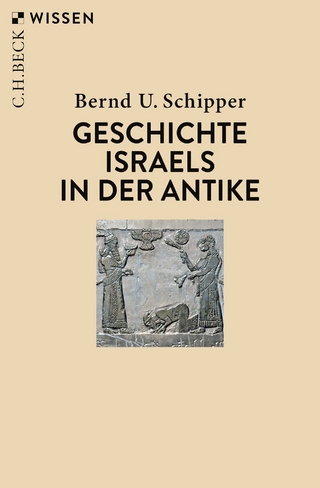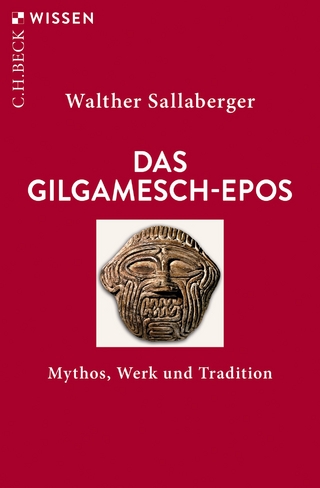
Painting the Skin
Pigments on Bodies and Codices in Pre-Columbian Mesoamerica
Seiten
2019
University of Arizona Press (Verlag)
978-0-8165-3844-7 (ISBN)
University of Arizona Press (Verlag)
978-0-8165-3844-7 (ISBN)
- Titel z.Zt. nicht lieferbar
- Versandkostenfrei innerhalb Deutschlands
- Auch auf Rechnung
- Verfügbarkeit in der Filiale vor Ort prüfen
- Artikel merken
Brings together exciting research on painted skins - human, animal, and vegetal - in Mesoamerica. Contributors explore the materiality, uses, and cultural meanings of the colours applied on a multitude of skins, including bodies, codices made of hide and vegetal paper, and even building "skins".
Mesoamerican communities, past and present, are characterized by their strong inclination toward color and their expert utilization of the natural environment in order to create dyes and paints. In pre-Hispanic times, skin was among the preferred surfaces on which coloring materials would be applied. Archaeological research as well as historical and iconographic evidence show that in Mesoamerica the human body-alive or dead-was the recipient of various kinds of treatments and procedures intended to color it.
Painting the Skin brings together exciting research on painted skins-human, animal, and vegetal-in Mesoamerica. Contributors explore the materiality, uses, and cultural meanings of the colors applied on a multitude of skins, including bodies, codices made of hide and vegetal paper, and even building ""skins."" Chapters offer physicochemical analysis and compare compositions, manufactures, and attached meanings of pigments and colorants across various social and symbolic contexts and registers. They also compare these colors with those used in other ancient cultures from both the Old and New Worlds. This cross-cultural perspective reveals crucial similarities and differences in the way cultures have painted on skins of all types.
Examining color in Mesoamerica broadens understandings of Native religious systems and world views. Tracing the path of color use and meaning from pre-Columbian times to the present, allows us to study the preparation, meanings, social uses, and thousand-year origins of the coloring materials used by today's Indigenous peoples.
Mesoamerican communities, past and present, are characterized by their strong inclination toward color and their expert utilization of the natural environment in order to create dyes and paints. In pre-Hispanic times, skin was among the preferred surfaces on which coloring materials would be applied. Archaeological research as well as historical and iconographic evidence show that in Mesoamerica the human body-alive or dead-was the recipient of various kinds of treatments and procedures intended to color it.
Painting the Skin brings together exciting research on painted skins-human, animal, and vegetal-in Mesoamerica. Contributors explore the materiality, uses, and cultural meanings of the colors applied on a multitude of skins, including bodies, codices made of hide and vegetal paper, and even building ""skins."" Chapters offer physicochemical analysis and compare compositions, manufactures, and attached meanings of pigments and colorants across various social and symbolic contexts and registers. They also compare these colors with those used in other ancient cultures from both the Old and New Worlds. This cross-cultural perspective reveals crucial similarities and differences in the way cultures have painted on skins of all types.
Examining color in Mesoamerica broadens understandings of Native religious systems and world views. Tracing the path of color use and meaning from pre-Columbian times to the present, allows us to study the preparation, meanings, social uses, and thousand-year origins of the coloring materials used by today's Indigenous peoples.
Elodie Dupey Garcia serves as a researcher at the Instituto de Investigaciones Historicas at UNAM in Mexico City. She is a co-editor of De olfato. Aproximaciones a los olores en la historia de Mexico. Maria Luisa Vazquez de Agredos Pascual is a researcher and professor at the University of Valencia in Spain. Her research focuses on cultural studies and physicochemical analysis of body paint, drugs, and aromatics in antiquity.
| Erscheinungsdatum | 07.06.2019 |
|---|---|
| Co-Autor | María Isabel álvarez Icaza Longoria, Christine Andraud, Brunetto Giovanni Brunetti |
| Zusatzinfo | 81 Black & white illustrations, 2 16-page colour inserts |
| Verlagsort | Tucson |
| Sprache | englisch |
| Maße | 178 x 254 mm |
| Gewicht | 795 g |
| Themenwelt | Sachbuch/Ratgeber ► Geschichte / Politik ► Vor- und Frühgeschichte / Antike |
| Geisteswissenschaften ► Archäologie | |
| Sozialwissenschaften ► Ethnologie ► Völkerkunde (Naturvölker) | |
| Sozialwissenschaften ► Soziologie | |
| ISBN-10 | 0-8165-3844-1 / 0816538441 |
| ISBN-13 | 978-0-8165-3844-7 / 9780816538447 |
| Zustand | Neuware |
| Haben Sie eine Frage zum Produkt? |
Mehr entdecken
aus dem Bereich
aus dem Bereich


